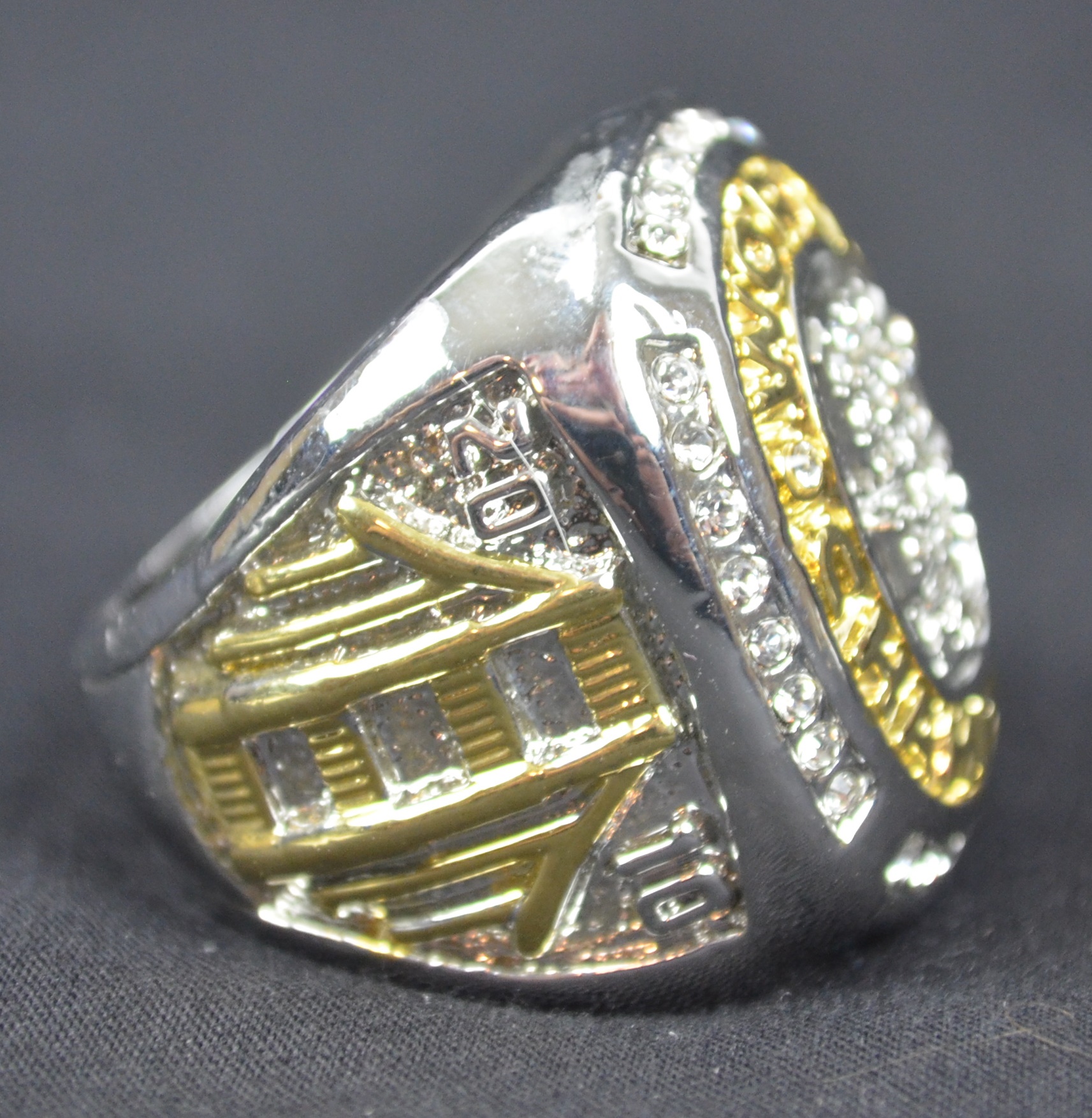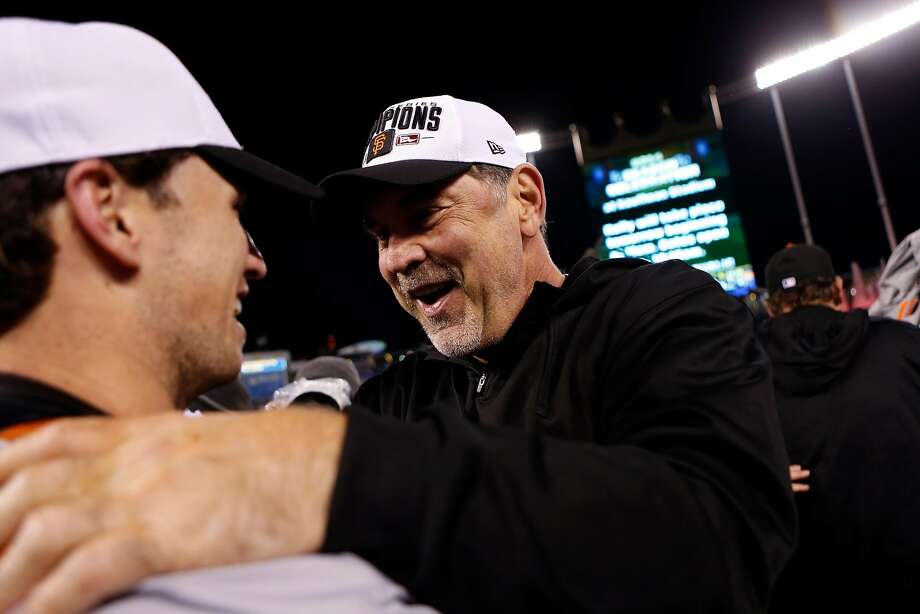
Different umpires have different interpretations of what violates the rule and what does not, creating inconsistency.
#BUSTER POSEY RULE HOW TO#
Similarly, it's unclear to the runners how to slide safely without deviating from or initiating contact with the catcher. Some catchers have stated that they are not sure how to position themselves in a way that they are in an excellent position to catch the ball and not violate the rule. Home plate collision rule was fully implemented at the start of the 2015 season( Source :īecause of that, it creates confusion among players, managers, and umpires, which leads to inconsistent decisions.

However, the new MLB rules involve a lot of judgment and interpretation. The main aim of the rule is to prevent players from colliding unnecessarily, thus making the game safer. New home plate collision rule was experimented with during the 2014 season and fully implemented at the start of the 2015 season. Runners are not required to slide, but those who slide will not be called for violation. Umpires must consider factors such as whether the runner tried to touch the plate or use his hands, elbows, or arms to initiate contact with the catcher. The umpire will call all the calls regarding blocking the home base. It is not said to have violated the rule.

MLB blocking the plate rule was made official at the start of the 2015 major league season.

On February 24, 2014, MLB and MLB Players Association jointly announced the experimental rule. The proposed rule outlawed base collision by dictating what the runner and the catcher could or could not do in such a situation. The MLB Rules Committee proposed a rule change on December 11, 2013. The rule was reinterpreted after a horrendous season-ending injury due to a collision at home base to one of the league's star players during the 2011 season. Catcher blocking home plate rule is kept in place to avoid any collision that can cause injuries to either the catcher or the runner.


 0 kommentar(er)
0 kommentar(er)
